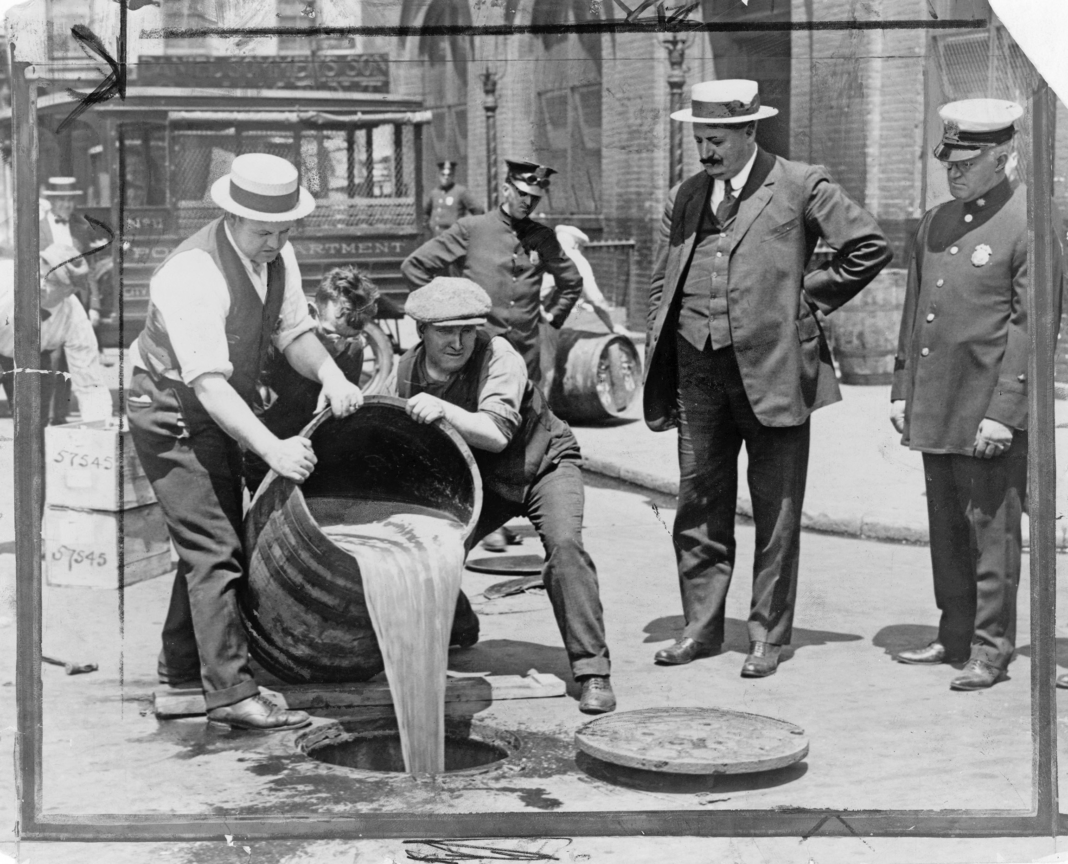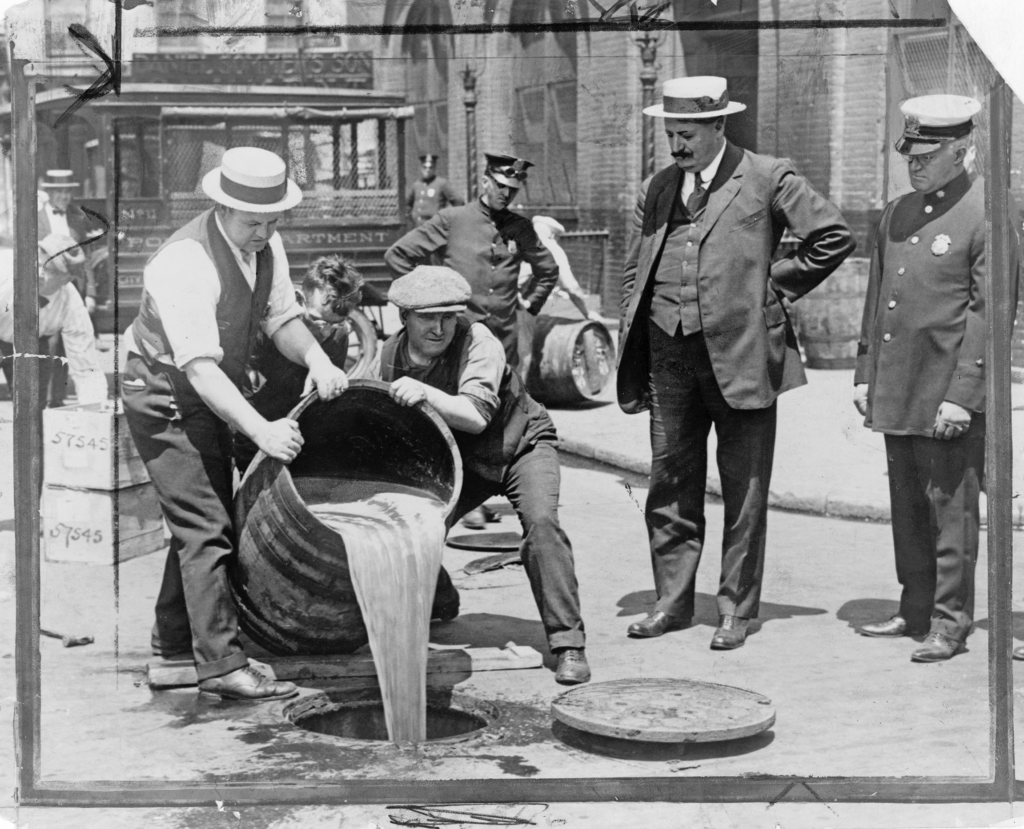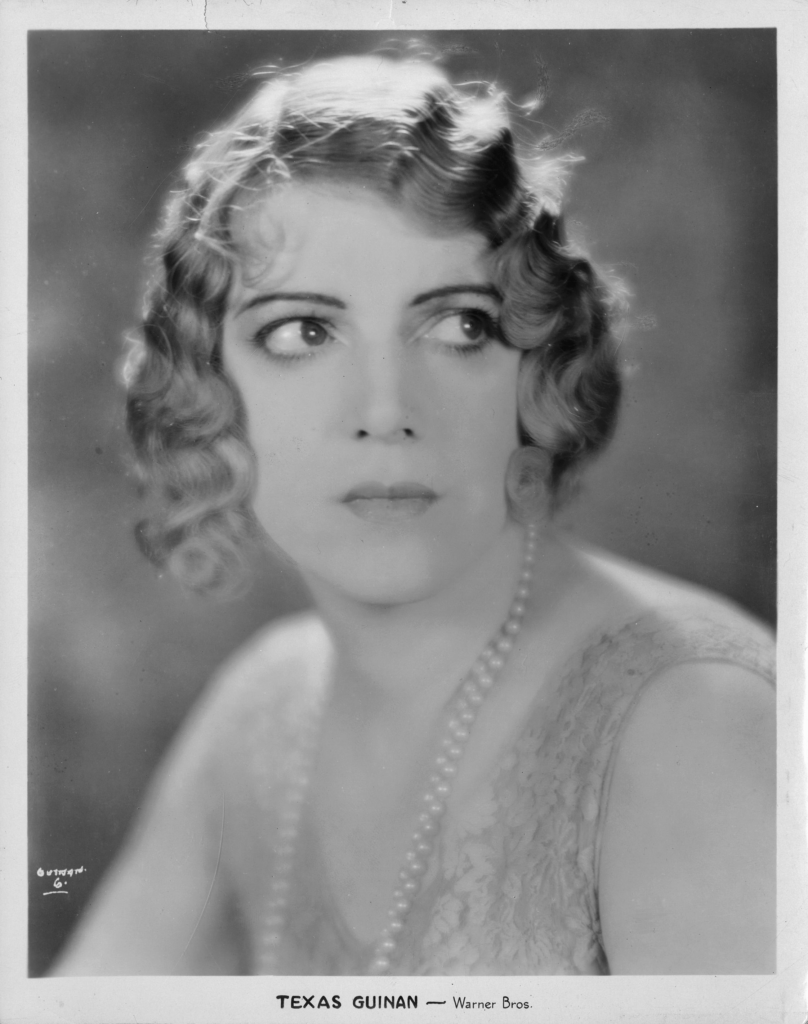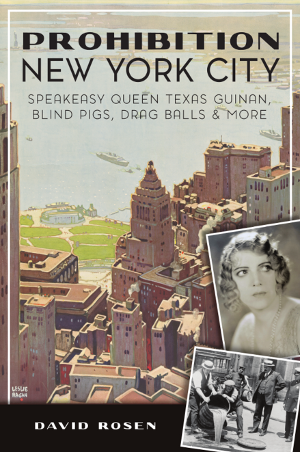
Who doesn’t love the 1920s? Jazz, flappers, great dancing, new hairstyles, all of the fun stuff without any of the doom and gloom of the 1930s. The Jazz Age, as F. Scott Fitzgerald termed it, was one of the great decades of this country—minus, you know, a tiny little thing called Prohibition, what we’ve previously referred to as the Great Mistake.

We laugh, sure. And often we dream of the allure of the speakeasy, the clandestine community and the inventiveness of the illicit of that era. We marvel at the ambition, wit, and verve of performers like Texas Guinon, whose biography author David Rosen has written in his new book Prohibition New York City: Speakeasy Queen Texas Guinan, Blind Pigs, Drag Balls & More.

But there was a darker side as well, one we don’t often like to consider (though we here certainly have before). Amid the glitz and glamour, and the accounts of Guinon’s exceptional life, Rosen tells the story of an event that has now largely receded from public memory, a gangland shooting at an iconic New York club that exemplified the trends of the era—just as that era was ending.
Prohibition Hotspot: Hotsy Totsy Club & Grill
Mid-July, 1929. Broadway and 54th Street, at the Hotsy Totsy Club & Grill, owned by Jack ‘Legs’ Diamond, a mid-level boss in the New York underworld. The music is swinging, the drinks are flowing, and the patrons are having a fine time. A couple of those patrons, in fact, are having too fine a time: two brothers, Peter and William Cassidy, and their friend Sammy Walker, all local low-level waterfront toughs, have stopped by the Hotsy for a nightcap or three before calling it a night.
We don’t know exactly what started the altercation, but at some point in the evening, the three toughs get into a dust-up over a boxing match earlier that night. The winner of the match, Ruby Goldstein, had stopped by the Hotsy that night to celebrate, possibly as a guest of Legs.
Whether the Cassidys and Walker insulted Goldstein or his host, we don’t know, but what we do know is this: after an argument and a fight, Legs told the band to play ‘Alexander’s Ragtime Band as loudly as possible, punctuating the brass with a little percussion of his own, plugging William Cassidy twice, then Walker, leaving Peter Cassidy bleeding on the floor.
As Rosen tells it, what happened next comes as no surprise: “When the police arrived,” he writes, “no one but Hotsy Totsy employees and the dead and wounded remained; the twenty-five patrons, along with Legs and [enforcer Charles] Entratta, had vanished.”
Dead men tell no tales…
In the weeks following the slaughter, witnesses to the event also began to show up dead: the bartender, three patrons, the club’s cashier, the hat check girl, and a waiter were all silenced in true gangland fashion, one by one. The only surviving witness, kept in police custody but fearful for his life, claimed no knowledge of anything whatsoever.
“With all witnesses “taken care of,” Rosen writes, “Legs and Entratta reappeared, insisting on their innocence. The police dropped the charges against them for lack of evidence. Such was the underbelly of New York’s speakeasy scene.”

This shooting took place just a few months before the stock market crash of October 1929. Though there were other structural causes as well, some critics attributed part of the crash to Prohibition, and its adverse impacts on the extensive economic sectors of American brewing, distilling, eating, and drinking (not to mention shipping, transport, and other industries).
Within this context, Rosen calls the shooting at the Hotsy Totsy was “the beginning of the end” of New York’s speakeasy scene. Were New Yorkers simply tired of the violence, the graft and the corruption, the crooked cops raking in kickbacks from these underground watering holes—or did other forces hasten the end of “the speak”?
It’s a good question, and one that deserves a closer look. After Prohibition ended in 1933, gangland crime certainly didn’t disappear, but it did change shape. But one thing remains true: while there would still be many long and difficult years ahead during the Depression, at the very least, hard-working Americans could finally take the edge off with a beer.

Prohibition New York City: Speakeasy Queen Texas Guinan, Blind Pigs, Drag Balls & More
Texas Guinan was the queen of New York’s speakeasies in the Roaring Twenties. Her clubs were backed by leading gangsters and welcomed some of the city’s biggest sharks and swankest swells. Movie stars, flappers, madams, musicians and more flocked to midtown’s “Wet Zone,” Greenwich Village and Harlem for inebriated entertainment. Patrons threw cultural norms aside as free-flowing hooch lubricated the jazz joints, sex circuses and drag balls that fueled the era’s insurgent spirit. At the center of the party was Texas with her trademark catchphrases and guarantee to have a good time. Author David Rosen recounts Texas’s adventurous life alongside tales of Gotham’s nightlife when abstinence was the law of the land and breaking the law an all-American indulgence.
Looking for more to read during quarantine? Check out our quaran-reads here. Finding us for the first time, and want to learn more about what we do? Visit our welcome page and sign up for the Crime Capsule email newsletter. See you behind bars!



